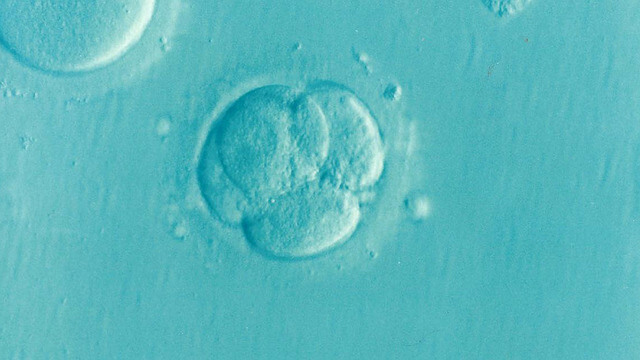New research published in Human Reproduction reveals that the time of year when eggs are collected for fertility treatment can impact the likelihood of live births. Researchers from Australia found that transferring frozen and thawed embryos from eggs collected in the summer resulted in a 30% higher chance of babies being born alive compared to eggs collected in the autumn.
Dr. Sebastian Leathersich, the lead author of the study, explained that over the course of their research, the average live birth rate following frozen embryo transfer in Australia was 27 births per 100 people. However, when eggs were collected in the summer, the birth rate increased to 31 births per 100 people. The researchers observed this improvement in birth rates regardless of when the embryos were eventually transferred. Live birth rates for eggs collected in spring or winter fell between these two figures but did not show statistically significant differences.
The study also found a 28% increase in the chances of a live birth among women who had eggs collected on days with the most sunshine, compared to those collected on days with the least sunshine.
Prior to this study, conflicting findings existed regarding the impact of seasons on pregnancies and live birth rates following egg collection and embryo freezing. Dr. Leathersich highlighted that previous studies primarily focused on fresh embryo transfers, which made it difficult to separate the effects of environmental factors, such as season and sunlight hours, on egg development and embryo implantation.
The research team analyzed outcomes from all frozen embryo transfers performed at a single clinic in Perth over an eight-year period, from January 2013 to December 2021. The analysis included 3,657 frozen embryo transfers generated from 2,155 IVF cycles in 1,835 patients.
The researchers examined birth outcomes in relation to season, temperature, and the number of hours of bright sunshine on the days of egg collection. The data on weather conditions were obtained from the Australian Bureau of Meteorology. The analysis categorized the duration of sunshine into low, medium, and high sunshine days.
Dr. Leathersich noted that when they specifically considered the duration of sunshine during egg collection, they observed a similar increase in live birth rates as seen with summer egg collection. The live birth rate following a frozen embryo transfer from an egg collected on a day with fewer sunshine hours was 25.8%, but it increased to 30.4% when the embryo came from an egg collected on a day with the most sunshine. Even when accounting for season and conditions on the day of embryo transfer, this improvement in birth rates was still observed.
Temperature on the day of egg collection did not affect the chances of live birth. However, there was an 18% decrease in live birth rates when embryos were transferred on the hottest days, and a slight increase in miscarriage rates from 5.5% to 7.6%.
Dr. Leathersich emphasized that the study suggests the best conditions for live births appear to be associated with summer and increased sunshine hours during egg retrieval. He highlighted the importance of environmental factors on egg quality and early embryonic development, separate from factors during implantation and early pregnancy.
The study has certain limitations as it is retrospective rather than prospective, meaning it looked back at past events rather than controlling them. Thus, it can only establish an association between conditions at the time of egg collection and differences in live birth rates.
Dr. Leathersich suggests replicating these findings in other locations with different conditions and treatment protocols to confirm the results. He also noted the importance of analyzing the impact of season and environmental factors on sperm parameters and air quality, as well as studying the outcomes of frozen eggs thawed and fertilized years later.
These findings have implications for women considering fertility preservation through social egg freezing, but long-term follow-up studies are needed before drawing definitive conclusions for this population.
If our reporting has informed or inspired you, please consider making a donation. Every contribution, no matter the size, empowers us to continue delivering accurate, engaging, and trustworthy science and medical news. Independent journalism requires time, effort, and resources—your support ensures we can keep uncovering the stories that matter most to you.
Join us in making knowledge accessible and impactful. Thank you for standing with us!

